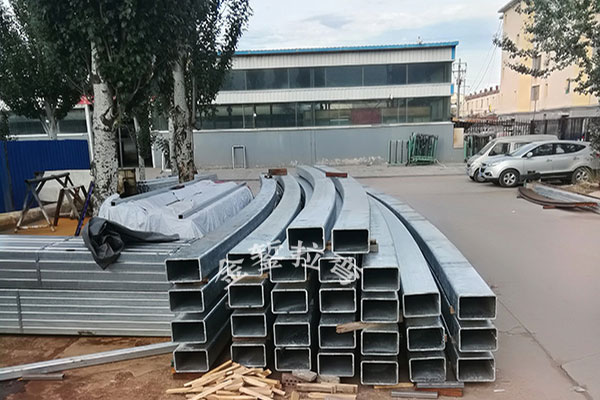Redefining the construction industry with innovative solutions, cuttin-edge technology and sustainable practices
Profile Bending 2025-10-31
Precision bending is a critical process in metalworking that involves shaping metal into specific angles or curves with high accuracy. Whether you are designing components for automotive, aerospace, or architectural applications, mastering the art of precision bending can significantly enhance the quality of your work. In this article, we will explore essential techniques and tips to achieve flawless curvature in metalwork.
Before delving into advanced techniques, it’s important to understand the fundamental principles of precision bending. This process typically involves the use of specialized machinery, such as press brakes and tube benders, to apply force to the metal, thus altering its shape. The key factors influencing the bending process include the type of material, thickness, bend radius, and the bending method employed.
1. Choose the Right Material
Selecting the appropriate material is crucial for achieving the desired curvature. Common metals used in bending processes include steel, aluminum, brass, and copper. Each material has distinct properties that affect its malleability and ductility. For instance, aluminum is lightweight and easy to bend, while steel provides superior strength but may require more force to achieve the desired bend. Understanding the characteristics of your chosen material will help you select the best techniques for bending.
2. Calculate Bend Allowance and Deduction
Accurate calculations are essential for achieving precise bends. Bend allowance refers to the additional length of material required to accommodate the bend. It takes into account factors such as material thickness and bend radius. Calculating bend deduction, on the other hand, involves determining how much to subtract from the total length to account for the bend itself. Utilizing formulas to calculate these values will help ensure that your finished product fits perfectly in its intended application.
3. Use Quality Tools and Equipment
Investing in high-quality tools and equipment is vital for precision bending. A well-calibrated press brake or tube bender can make a significant difference in the accuracy of your bends. Additionally, using the right tooling—such as dies and punches specifically designed for the material and thickness—will enhance the overall quality of the bend. Regular maintenance and calibration of equipment are also essential to maintain precision.

4. Master the Bending Techniques
There are several bending techniques, each suited for specific applications. The most common methods include:
-Air Bending: This technique uses a punch and a die to create bends. The metal is not fully pressed into the die, allowing for adjustments in angle after the initial bend. It’s versatile and widely used for various materials.
-Bottom Bending: In this method, the metal is pressed completely into the die, creating a more accurate bend with less springback. This technique is ideal for critical applications where precision is paramount.
-Roll Bending: Commonly used for larger diameter tubes and sheets, roll bending involves passing the material through a series of rollers to achieve a gradual curve. This method is optimal for creating large arcs and curved shapes.
5. Control the Bend Radius
The bend radius plays a significant role in the integrity of the material post-bending. A smaller bend radius can lead to cracking or deformation, especially in harder materials. To prevent this, it’s important to adhere to the material’s minimum bend radius specifications. In some cases, pre-heating the metal can also help reduce the risk of damage during the bending process.
6. Implement Quality Control Measures
Quality control is paramount in precision bending processes. After bending, inspect the components for accuracy using tools such as calipers and protractors. Look for any signs of distortion or defects, and make necessary adjustments in your process if deviations are detected. Implementing a thorough quality control process ensures that each piece meets your specifications, reducing waste and rework.
7. Practice and Experiment
Like any skill, mastering precision bending techniques requires practice. Experiment with different materials, thicknesses, and bending methods to understand how each variable affects the outcome. Over time, you will develop a deeper intuition for the bending process, enabling you to achieve flawless curvature with greater ease.
Precision bending is an essential technique in metalworking that, when mastered, can lead to exceptional quality and performance in your projects. By understanding the materials, mastering the techniques, and implementing rigorous quality control measures, you can achieve flawless curvature in metalwork. Continuous practice and experimentation will not only enhance your skills but also contribute to the overall success of your metalworking endeavors. Embrace the art of precision bending, and watch your creations come to life with perfect curves and angles.